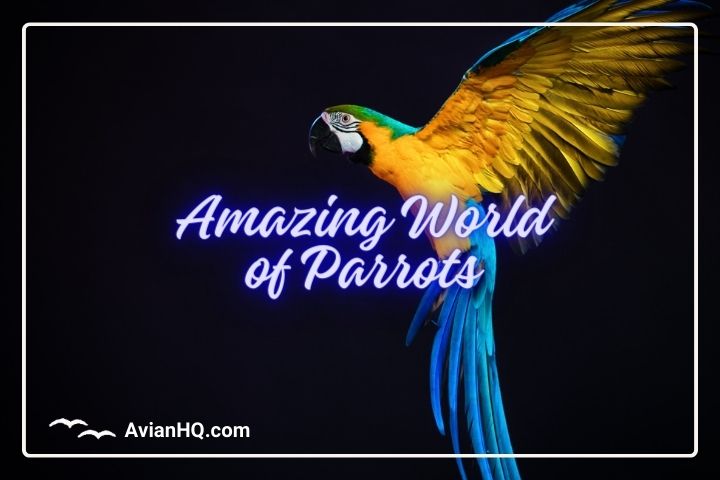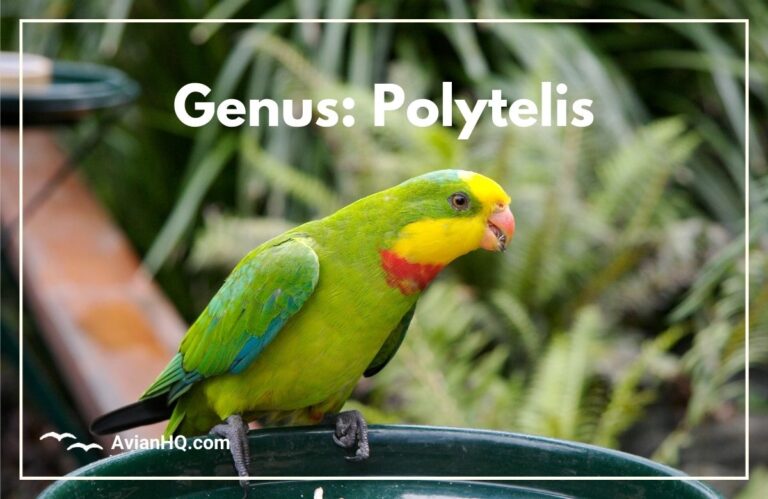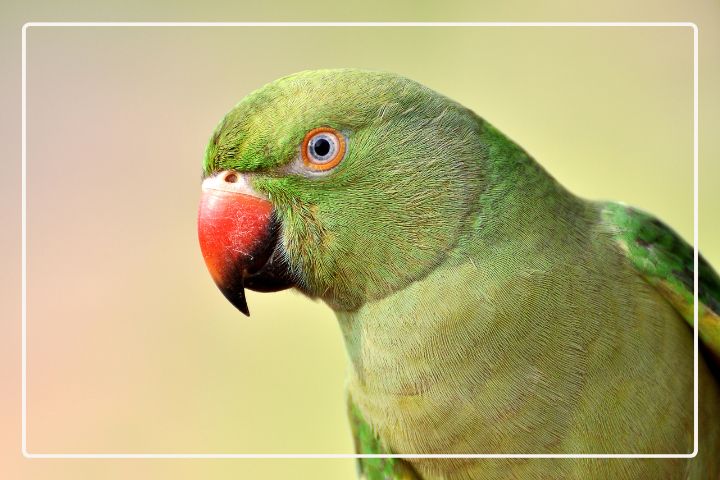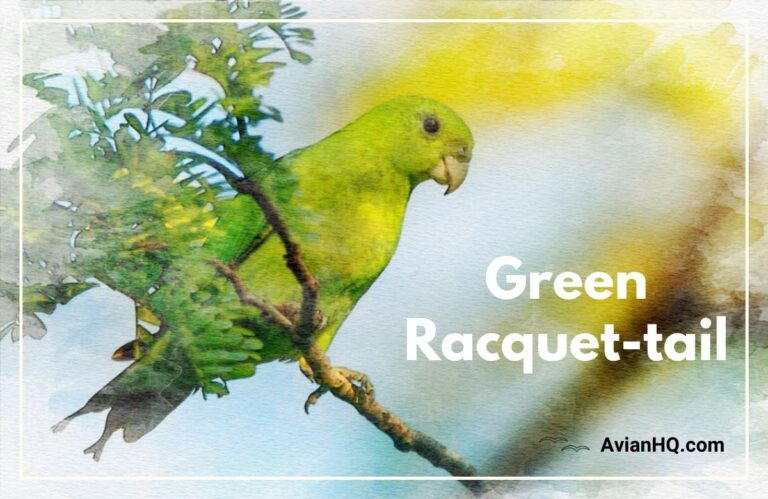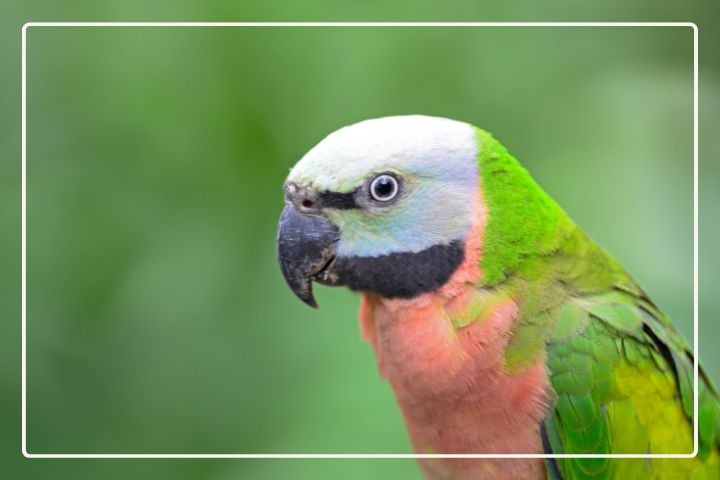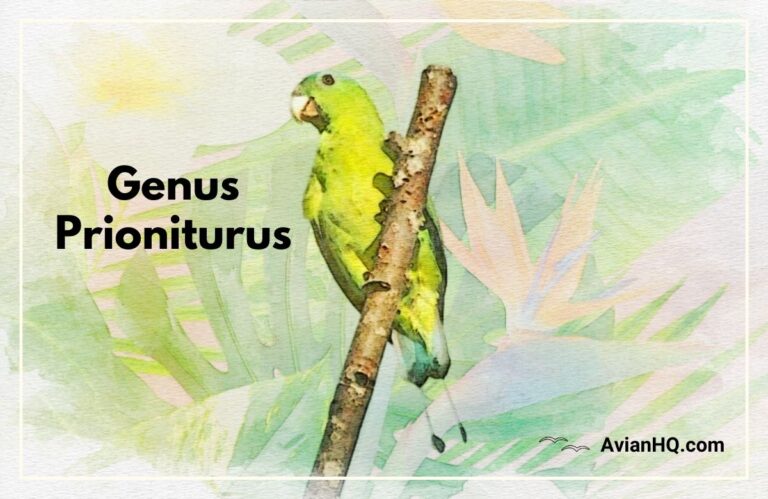The Amazing World of Parrots: An In-Depth Look at the Psittaciformes Order
Have you ever wondered about those bright, colorful tropical birds with curved beaks that can talk and mimic sounds? Known for their intelligence and vocal abilities, parrots make popular human companions. But there’s much more to these birds than mimicking speech.
Parrots comprise a scientific order called Psittaciformes, containing over 350 species of parrots, parakeets, and cockatoos. This diverse group has an evolutionary history stretching back over 100 million years.
In this post, you’ll learn about:
- The evolutionary origins and adaptations that make parrots unique
- Parrot anatomy, including their colorful plumage and specialized feet
- How parrots use calls and speech mimicry to communicate
- Parrot breeding, nesting, and parenting behaviors
- Threats parrots face today and conservation efforts
- Profiles of some of the most fascinating parrot species
Get ready to have your mind blown by the amazing abilities, behaviors, and uniqueness of parrots across the world. From their high intelligence to the vibrant colors of a macaw, parrots will astonish you.
By the end, your appreciation and understanding of these extraordinary birds will be greater than ever. The parrot world awaits!
Parrots Are Ancient Birds with Unique Adaptations
Parrots have been around for a very long time. The oldest known fossil parrot dates back about 50 million years to the Eocene epoch. But genetic studies reveal parrots originated much earlier, emerging sometime between 90 and 120 million years ago during the Cretaceous period.
That puts parrots alongside dinosaurs like Tyrannosaurus rex!
Parrots’ closest living relatives are actually passerine songbirds like crows, finches, and swallows. You may not see an obvious connection, but parrots share common ancestors with these birds.
Over millions of years, parrots evolved distinct adaptations that make them special:
Zygodactyl feet
Parrot toes are arranged into two pairs – two toes point forward and two point backwards. This zygodactyl pattern allows parrots to tightly grip and climb branches.
“A parrot’s specialized feet enable it to be an agile climber.”
Curved beak
The curved upper mandible of a parrot’s beak hooks down over the shorter lower mandible. This allows parrots to expertly crack hard nuts and seeds.
Thick tongue
Parrots have a wide, thick tongue they can use to grasp and manipulate food. The tongue moves independently of the lower mandible.
Colorful plumage
Bright colors in the parrot world come from psittacofulvins, a class of pigments unique to parrots. These pigments allow parrots to grow vivid red, yellow, blue, and green feathers.
Parrots Have Complex Social Behavior and Communication
Parrots are highly intelligent and social birds. In the wild, they live in large flocks and communicate in sophisticated ways.
Vocalizations
Parrots have an anatomical structure called the syrinx that allows them to produce a wide variety of sounds. They can mimic human speech, but also use calls and contact calls to interact with flock members. Different species have distinctive calls they use to identify each other.
Speech mimicry
Parrots don’t just blindly imitate sounds – some scientists believe they actually understand the meaning behind words to some degree. For example, an African grey parrot named Alex demonstrated the ability to not only mimic human words, but to use them in context. He could identify shapes, colors, materials, and quantities up to the number six.
Social structure
Parrots form strong social bonds, often mating for life. Many parrot species live in flocks of 10 to 30 individuals. In large flocks, subgroups emerge with close affiliations. Flocks forage, roost, preen, and bathe together using cooperative behaviors.
Foraging and feeding
Parrots are omnivorous, feeding on fruit, nuts, seeds, buds, vegetation, and some small insects. Some parrot species cache or hide food for later – a behavior showing complex planning abilities. Their strong beaks allow them to crack hard nuts and seeds other birds can’t.
Altruism
Parrots even demonstrate behaviors like sharing food and helping sick flockmates – evidence they are capable of altruism.
In terms of intelligence and social complexity, parrots are among the most advanced birds on the planet. Their communication abilities, bonds, and behaviors reveal surprising sophistication.
From Courtship to Fledgling: How Parrots Breed and Raise Young
The breeding process for parrots contains many interesting behaviors. Here’s an overview of parrot reproductive stages:
Courtship
Parrot courtship often involves feeding, preening, vocalizations, and sharing regurgitated food between potential mates. When a male and female parrot bond, they form a monogamous pair for breeding season.
Nesting
Most parrots nest in tree cavities or nest boxes. Some excavate nesting burrows in termite mounds or dirt cliffs. The female lays 2-8 white eggs and incubates them for 3-4 weeks while the male brings her food.
Hatching
Once hatched, altricial parrot chicks are helpless, with closed eyes and no feathers. Both parents closely brood and feed the chicks regurgitated food. Chicks take 2-4 weeks before opening their eyes.
Fledging
At 8-12 weeks, chicks are ready to leave the nest, or fledge. They can’t fly well at first, so parents continue caring for them. Young parrots stay close to parents for 6-12 months learning to find food and survive.
Juvenile stage
Young parrots go through a juvenile stage on their way to adulthood. Their beaks and eyes are proportionally larger. Plumage starts dull and grows brighter over several molting cycles.
Parrots mature and reach sexual reproduction between 3-5 years old depending on species. Macaws may take 15 years to reach maturity!
From bonding rituals to supporting fledglings, parrot reproductive behavior shows their strong family ties. This dedication to their offspring contributes to wild parrots’ success.
Modern Perils: What Threatens Parrots and How to Help
These highly social, long-lived birds face serious threats today primarily from human activities:
Habitat loss
Deforestation destroys crucial breeding and foraging areas for wild parrots, especially in tropical regions of South America, Africa, and Asia.
Capture for pet trade
Trapping wild parrots for the pet trade depletes populations and separates bonded pairs. Although captive breeding programs help, wild capture continues.
Competition from invasive species
Invasive bird and mammal species compete with parrots for food and nesting sites. Predators like rats and cats also prey on eggs and hatchlings.
Climate change
Changing climate patterns can reduce available native food sources and nesting sites for some parrot species.
Conservation actions
- Preserving tropical forest habitats and protected reserves
- Regulating and shifting focus to captive breeding
- Controlling invasive predators
- Providing nest boxes where tree cavities are scarce
- Public education on responsible aviculture
With targeted conservation initiatives, we can ensure these exceptional birds are around for centuries to come. You can help by supporting organizations working to protect parrots worldwide.
Parrot Biodiversity: Profiles of Remarkable Parrot Species
With over 350 species, parrots show incredible diversity. Here are some standout parrot species worth learning about:

Scarlet Macaw
Known for its bright red, yellow, and blue plumage, the scarlet macaw inhabits forests from Mexico to South America. They eat fruit, nuts, and seeds and mate for life. Their loud, raucous calls carry through the canopy.
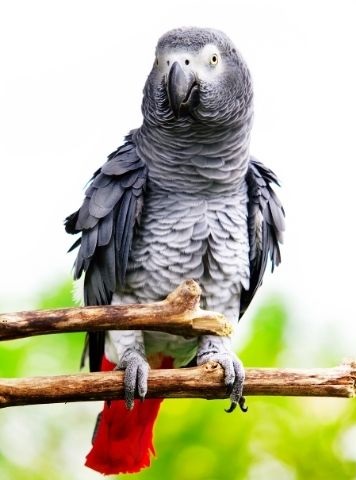
African Grey Parrot
This medium grey parrot with red tail feathers has astounded researchers with its speaking ability, intelligence, and reasoning skills. Wild populations in West and Central Africa are endangered.
Hyacinth Macaw
With a 1 meter wingspan, the hyacinth macaw is the largest parrot. Their bright cobalt blue plumage with yellow eye rings makes them a popular pet. They are endangered due to habitat loss in South America.
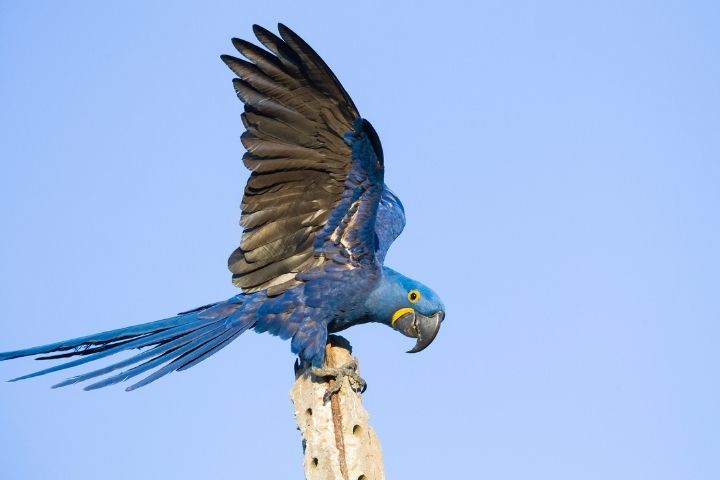
Palm Cockatoo
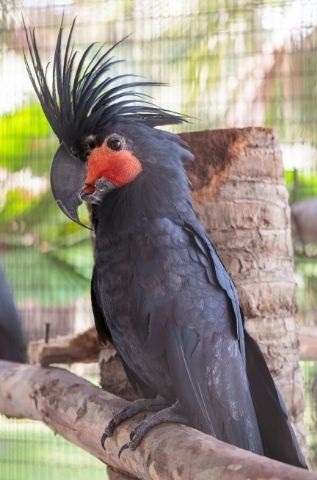
This large smoky grey parrot has a massive hooked bill and red cheek patches that turn brighter during displays. They use tools to drum on tree trunks. Endemic to rainforests of New Guinea.
Parrots Are Avian Wonders Worth Appreciating
After reading about parrots’ evolutionary past, anatomical adaptations, intelligence, behaviors, life cycles, and diversity, I hope you have a new appreciation for these remarkable birds.
Some key takeaways include:
- Parrots are ancient birds that evolved unique traits like zygodactyl feet and curved beaks.
- They use complex vocalizations and speech mimicry to communicate and form social bonds.
- Parrots have intricate courtship rituals and take diligent care of their young.
- Habitat loss, trapping, and competition threaten wild parrot populations.
- From palm cockatoos to scarlet macaws, parrots display astonishing biodiversity.
We still have much to learn from these charismatic, colorful birds. Parrots provide a window into the evolution of intelligence and advanced avian biology. With more research and conservation, we can ensure parrots continue dazzling us with their skills and beauty for centuries to come.

